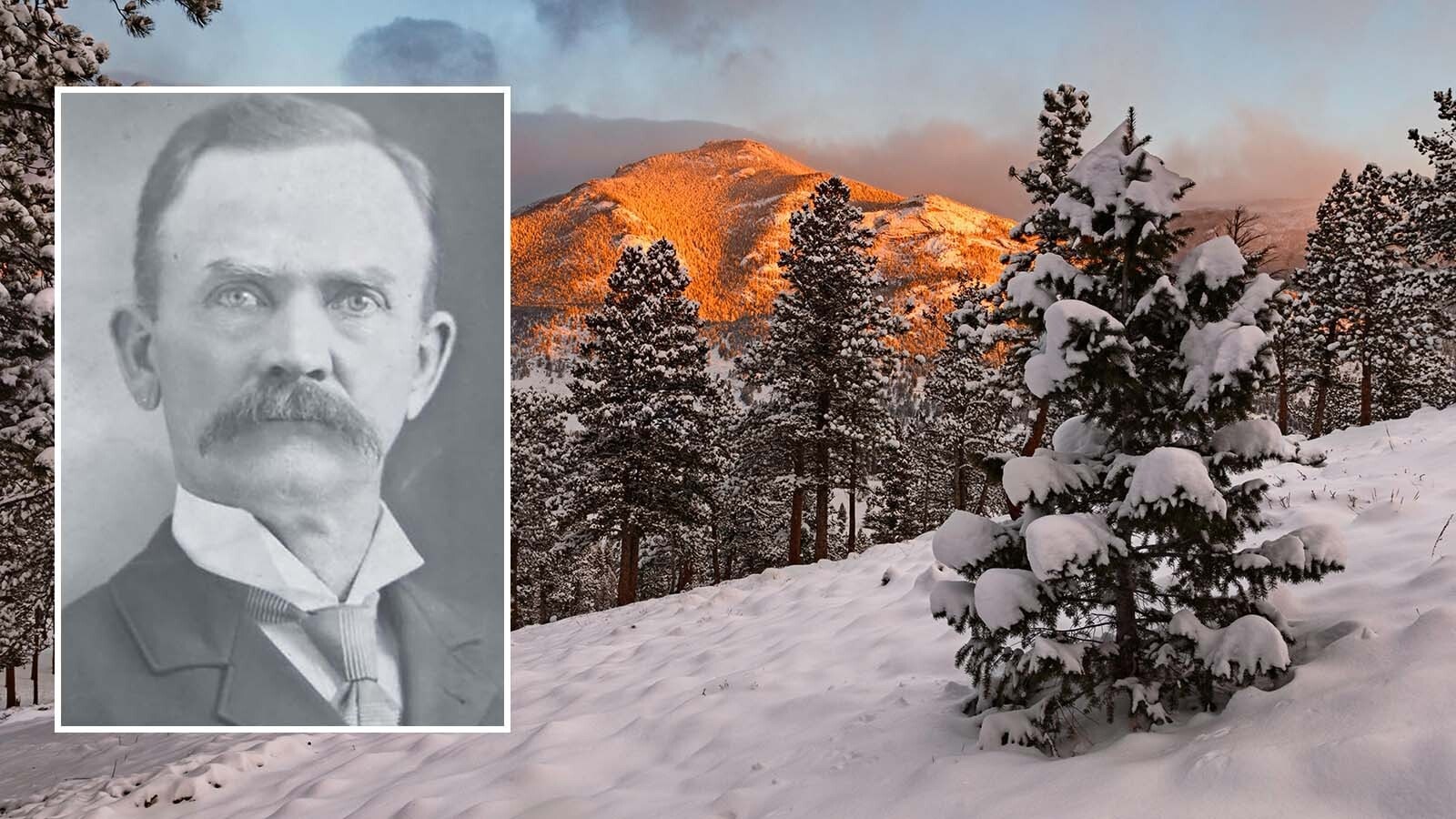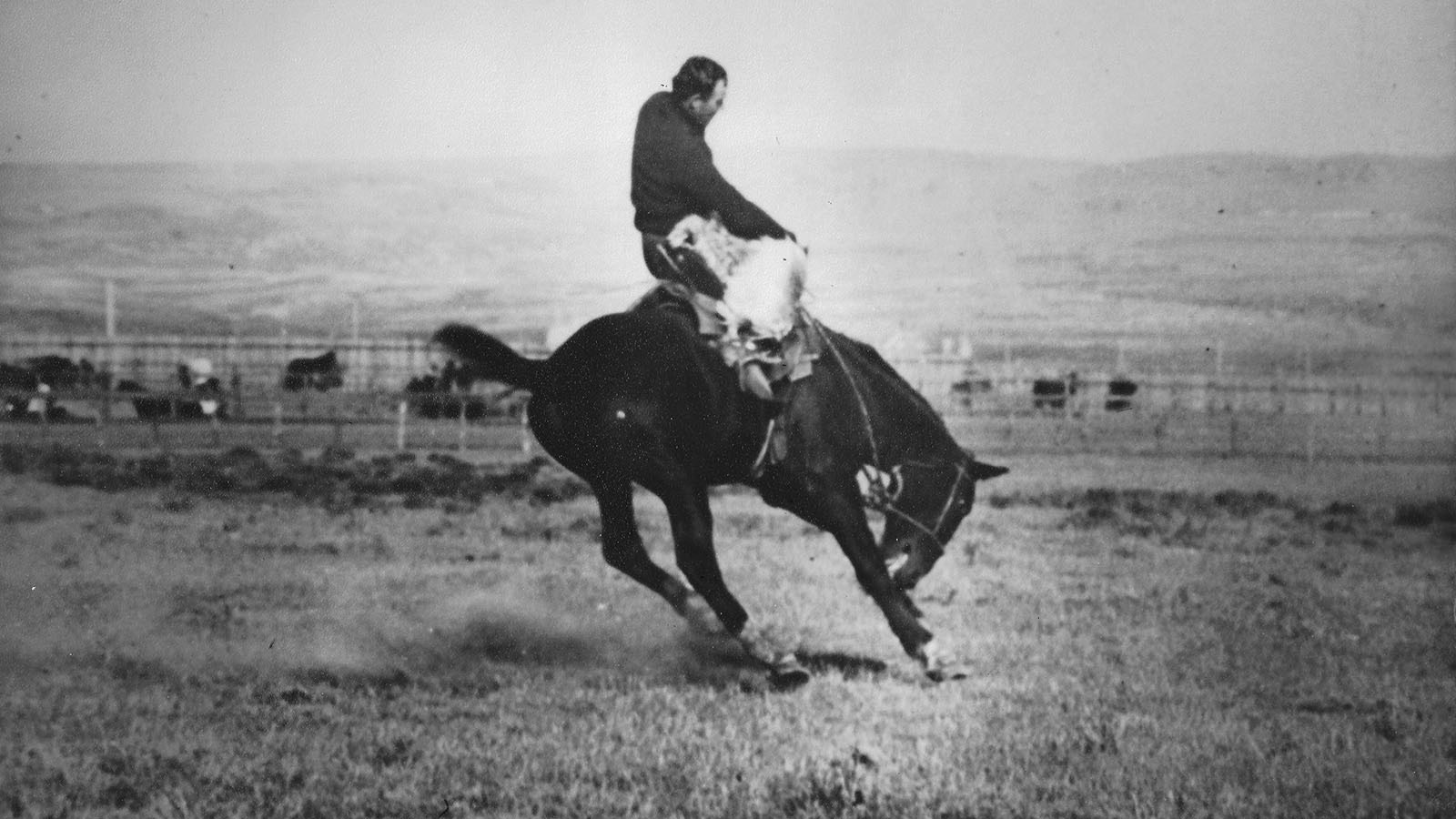In early January 1837, former mountain man Ewing Young began a journey which when successfully completed nine months later, would be a harbinger for the scores of Great Plains cattle drives of the 1860s, ‘70s, and ‘80s.
From his ranch in Oregon’s Willamette River valley, Young was bound for San Francisco with the goal of purchasing a large herd of cattle and introducing the animals to his home turf as the basis for developing a ranching culture in Oregon.
Young was a former fur trapper and trader who had scoured much of the Southwest and California for beaver before coming to the Oregon wilderness. There, the Tennessee-born entrepreneur had settled on some thirty-two thousand acres of prime farmland in the Willamette Valley.
Trading Whiskey Distilling For Cattle
He built a distillery, intending to manufacture fine whiskey until local residents convinced him to join a delegation of his neighbors who were interested in introducing beef cattle to their valley.
Mexican California, which for many years had enjoyed a viable livestock business, seemed to be the ideal market to explore. Young, because of his familiarity with that region, was appointed as the party’s leader and chief negotiator.
On January 12, just prior to Young’s and his associates’ departure for California, the group had organized the Willamette Cattle Company, whose goal was to raise enough funds to purchase about five hundred cattle from the Mexican Californians and to drive the animals back to Oregon.
When the sum of $1,600 was reached, the group left for San Francisco and on January 23 set sail aboard the ship, Loriot, down the frigid Columbia River. When the party reached the mouth of the Columbia, they learned that the area had been visited by violent weather for a number of days.
On the 29th, a vicious storm struck the Loriot, causing the ship to “lay beating the sand until the recision [sic]of the tide, when she became quiet.” Fierce weather at the mouth of the Columbia further delayed the voyage and it wasn’t until February 10, 1837, that the mission actually got under way again.
A Russian Welcome, But Go Meet The Mexican Governor
The ship followed the Pacific coastline south to Fort Ross, where passengers were welcomed by the Russian staff. More inclement weather between Fort Ross and San Francisco again slowed the Loriot, but on March 1, according to Young’s second-in-command, Philip Edwards, the ship arrived “with a fine wind in sight of the entrance of the Bay of San Francisco.’’
The following day, Young traveled to Monterey to meet with General Mariano Vallejo, commander of the Mexican forces in California with whom he hoped to negotiate for the purchase of the cattle.
But Young received unwelcome news in Monterey. The commander refused to approve the cattle sale, saying that only the civil governor, who lived another two hundred miles south at Santa Barbara, had the authority to permit such a transaction.
And so, on March 13, Young set out cross-country to see the governor.
By now, the American presence in California had been well publicized, and in early April a fellow countryman, Faxton Dean Atherton, wrote: “Capt. Young and Mr. P.L. Edwards of Missouri are now here for the purpose of purchasing cattle to take there [Oregon] if they can get permission of the existing Government to take them from the country.”
Atherton added, “They intend purchasing 600 head and expect to be about 6 weeks on their journey from here to the Columbia, although it can be done in 15 days when unincumbered with cattle, being a good road the whole distance.”
Heading North With The Herd
To Young’s delight the Mexican governor granted him permission to buy a thousand head of government-owned cattle. By late June the Oregonians had assembled their herd on the south bank of the San Joaquin River, near today’s town of Martinez, California. Not until July 20, however, did they finally swim the stock across the river.
Edwards described the arduous cattle drive in his journal: “Little sleep, much fatigue! Hardly time to eat, many times! Cattle breaking like so many evil spirits and scattering to the four winds! Men, ill-natured and quarreling, growling and cursing! Have, however, recovered the greater part of the lost cattle and purchased others. Another month like the last, God avert! Who can describe it?”
The hot days of August were spent moving the cattle northward through the Sacramento Valley. Later in the month, the tired men and animals ascended the Siskiyou Mountains near today’s town of Redding, California.
Edwards later recalled the ordeal: “They [the cattle] appear every day to grow more difficult. . . . Today the mountains grew more brushy, steep and rocky. To-day we have reached a place where there is water, but no grass. Unless grass is found to-morrow, we have every prospect of starvation to our animals.”
In Oregon, Heading Off Mutiny
By late August the herd had crossed the boundary separating Mexican California from the Oregon country. Progress was slow, and the men were on the verge of mutiny.
This caused Edwards to write in his journal that: “Few of our party, perhaps none, would have ventured upon this enterprise could they have foreseen all its difficulties. It boosts little to reflect that the future gains will amply compensate for present suffering.”
Edwards added, “Most of the party cursed the day on which they engaged, and would hardly have exchanged a draught of cool water for their expected share of the profits.”
In early October, after an absence of nine months, Young and his men drove the 630 surviving animals into the Willamette Valley, thus providing a basis for the dairy and beef industries in Oregon.
Each animal was worth $8.50 and 135 were owned by Young making him the largest rancher in Oregon at the time.
The tall, raw-boned Tennessean had succeeded in an undertaking that would not occur on such a vast scale again until the late 1860s, when Texas cowboys would herd their cattle north to Kansas railhead towns.
James A. Crutchfield can be reached at TNcrutch@aol.com





